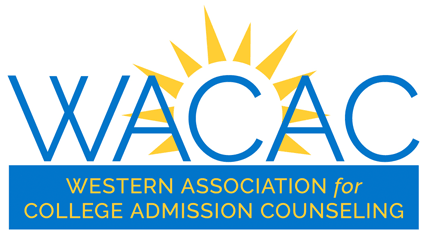With last year’s lengthy discussion and debate about the use of International Recruitment agents, both NACAC and OACAC completed a lot of work in the past year in continuing to “fine tune” best practices and guidelines for both the college front, as well as for students and their families. While the use of agents to work with students currently residing in the U.S. is prohibited, NACAC members utilizing agents for students outside of the United States must ensure that they and their agents conduct themselves with accountability, transparency and integrity. This includes agents who work on a per capita compensation which means that agents are compensated based on each student recruited, also referred to as “commission based recruiting”.
To further outline the issues and challenges surrounding the use of international agents NACAC has produced a guide for both schools, colleges and universities as well as one for Students and Families in outlining steps to again ensure that everyone is working in the best interest of the student while taking in the needs of the school, college and university as well. An Executive Summary is provided as well as two separate guides that in part dive into detail regarding a review of the current laws and regulations, assessing the current international student practice of an institution as well as how to work towards developing an institutional policy, how members can communicate the institution’s agency policy to student and families and how members can continue to monitor quality insurance.
There was also some revision of some of the language in the Mandatory Practices in regards to financial aid offers:
“not guarantee admission or specific college placement or make guarantees of any institutionally affiliated financial aid or scholarship awards prior to an application being submitted, except when pre-existing criteria are stated in official publications”
“permit first- year candidates for fall admission to choose among offers of admission and institutionally-affiliated financial aid and scholarships until May 1 and state this deadline explicitly in their offers of admission”
“work with their institutions senior administrative officers to ensure that institutionally-affiliated financial aid and scholarship offers and housing options are not used to manipulate commitments prior to May 1”
The timeline of waitlist offers and commitments from students was also discussed so that members are ensuring that if a waitlist offer is made prior to May 1 that the students be given until May 1 to make their commitment decision. If the waitlist offer is made after May 1 members should be giving at least 72 hours after the written or electronic offer is made and that students should also be informed of their housing and financial aid options before having to make that final commitment decision.
There was also a new motion that will be looked at throughout this upcoming year working on NACAC member institutions becoming more transparent and clear in their communication to families and counselors regarding the time frame of processing admission documents when students apply. Some discussion came up regarding member institutions being more clear in how long documents take to move through the admission/application process so that we try to assist in decreasing the stress and anxiety on both the family and high school guidance counselor side about which documents were received and which ones might still be missing.
On a personal note, this was my last Assembly meeting in my three year delegate rotation. I wanted to say how much of a privilege it has been to serve as a delegate and to work alongside my other fellow WACAC delegates. I realize that at times the work in the Assembly can be tedious and frustrating, but at the same time it has been incredibly rewarding to see the hard work that the delegates from all ACAC’s put in and the guidance that the NACAC Board has given us. To see so many people working so hard to continue to work towards serving the best interest of students and their families is humbling and awe-inspiring and reminds me of the special role we all hold in this profession.
As I turn my WACAC sweater over to the next wave of delegates, I would recommend those who might be interested in serving WACAC to consider this type of position. It’s a great way to be a part of the big picture!
By Shannon Crogan

